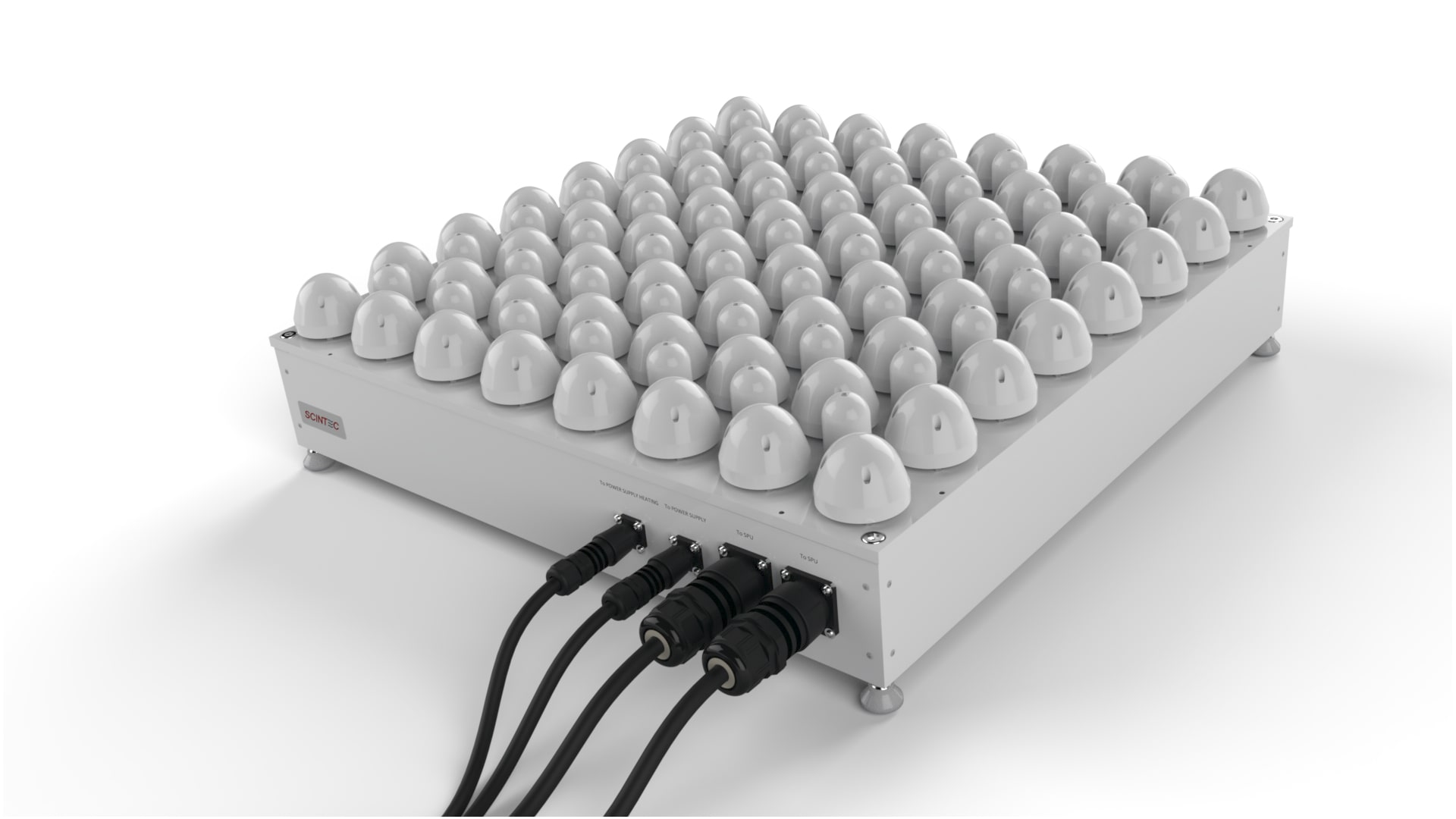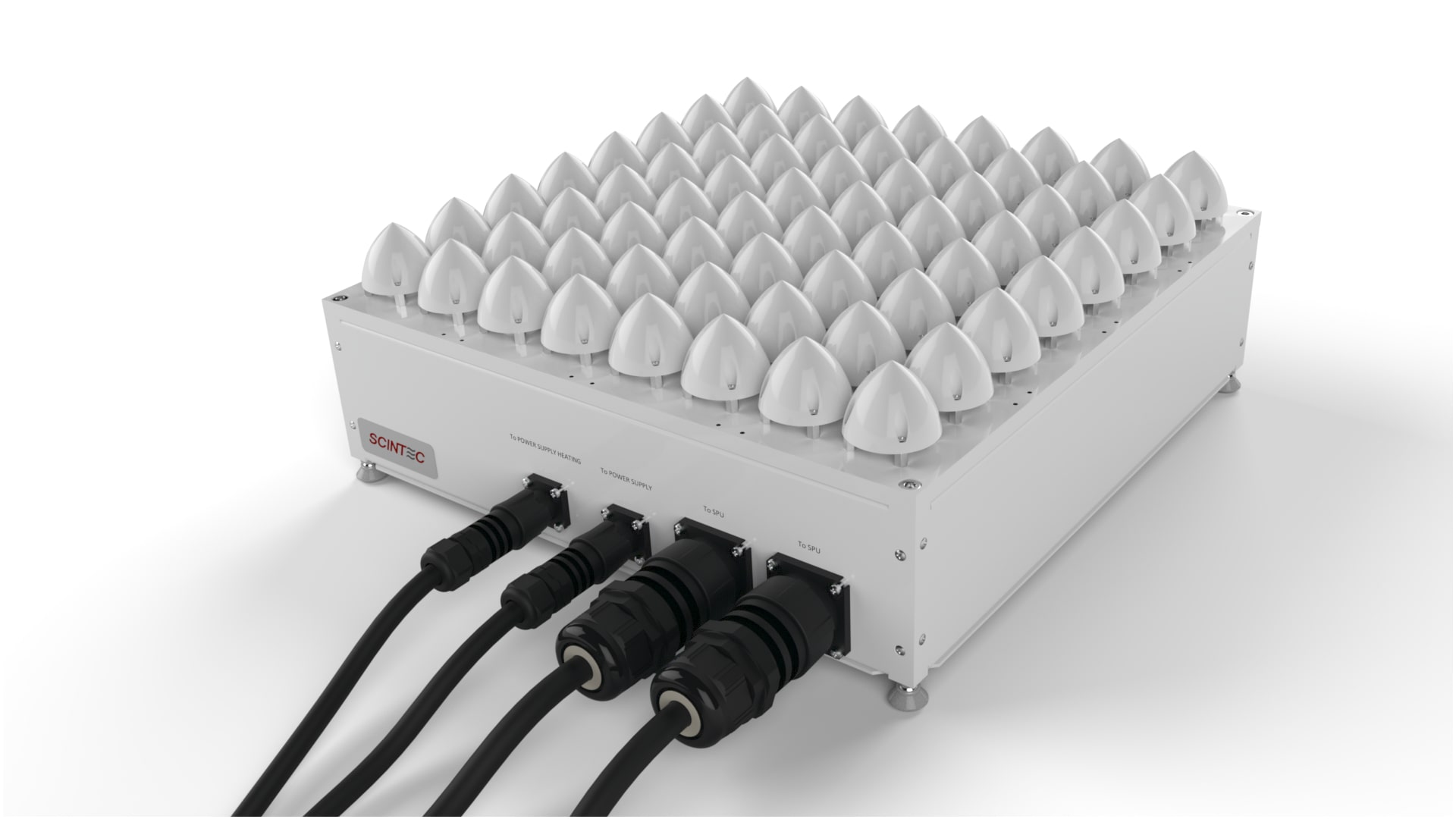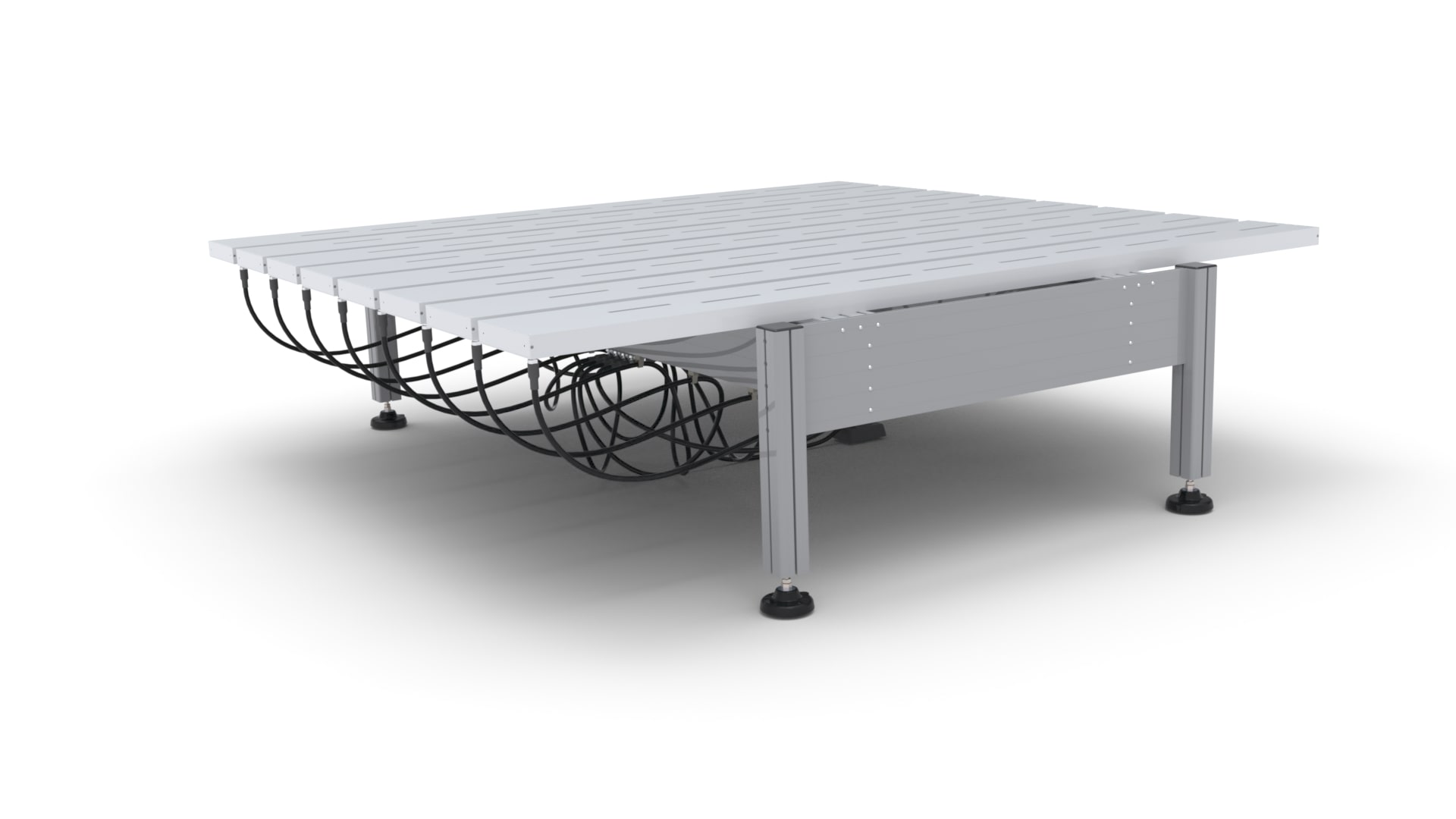Wind has been used as a source of energy for thousands of years. Today's challenge of reducing greenhouse-gas emissions makes the renewable character of wind energy especially attractive. Wind energy already has a significant share of world energy production and this share is steeply increasing.
Scintec products contribute to making wind energy generation more prominent and more efficient in various ways.
With Scintec wind profilers, potential sites for wind energy generation can be analyzed, the flow characteristics can be better understood, and the ideal positions of the individual generators can be selected. As a result, each generator provides a maximum of power. Even a one percent increase in wind speed, as caused by a careful site selection, relates to a three percent increase in generated power. This shows how tremendous the impact of a good siting is.
Compact sodar systems like the Scintec SFAS or MFAS are ideally used to gain statistics about the vertical profile of wind speed and direction at the location of interest. Scintec sodars are accurate, rugged, and virtually maintenance-free. Therefore they are suited even for remote or harsh locations. Due to their particular design, all Scintec sodar wind profilers can measure during rain. Rainy days are often windy days and so should be included in the wind statistics.
Scintec sodars all have a vertical beam which allows the supplemental measurement of atmospheric turbulence. Atmospheric turbulence influences the efficiency of a wind generator and its measurement should be mandatory.
Wind profilers with larger altitude coverage can be applied for wind model development and verification. Especially models with very high spatial resolution can be useful for wind energy siting. Wind profilers are typically set up in networks during the model development phase.
Wind profilers are also operated in the vicinity of existing and running wind generators for a number of different purposes. While at the wind generator itself, wind speed is typically measured at hub height, the wind profiler can determine the wind and turbulence profile up to the top of the rotor and beyond.
Studies regarding the response of the wind generator output to different wind and turbulence profiles can be made. Sometimes RASS temperature profilers are also used to better link the wind and turbulence profiles to the meteorological conditions. Wind generator output can be understood and calibrated with power curves. Blade angles can be trimmed to best match the varying wind and turbulence conditions. Even techniques to anticipate wind changes and adjusting the blade trims in advance are in development.

MFAS is a versatile acoustic Wind Profiler which combines the both advantages of an excellent portability and a high detection range.

SFAS is a high-performance acoustic Wind Profiler with a compact and lightweight design, which provides the highest spatial resolution among the FAS series.

for SFAS, MFAS, XFAS
The Scintec RAE2 RASS Extension upgrades any Sodar models (SFAS, MFAS or XFAS) to allow precise measurements of temperature profiles in the atmospheric boundary layer.


